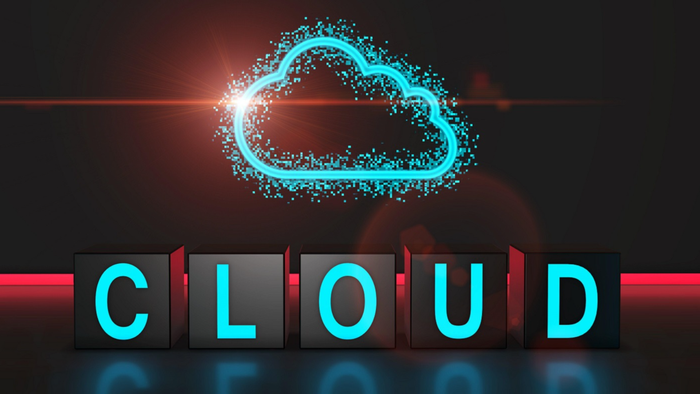the word "cloud" written under a cloud
Cloud Computing
Want to Gain Control of Your Cloud Costs? Give Engineering More OwnershipWant to Gain Control of Your Cloud Costs? Give Engineering More Ownership
As cloud spending surges, organizations face challenges in cost management and visibility. Here's why you should give engineers ownership over cloud expenses.
Sign up for the ITPro Today newsletter
Stay on top of the IT universe with commentary, news analysis, how-to's, and tips delivered to your inbox daily.





















.jpg?width=300&auto=webp&quality=80&disable=upscale)






















.jpg?width=700&auto=webp&quality=80&disable=upscale)

_(1).png?width=700&auto=webp&quality=80&disable=upscale)

.png?width=700&auto=webp&quality=80&disable=upscale)